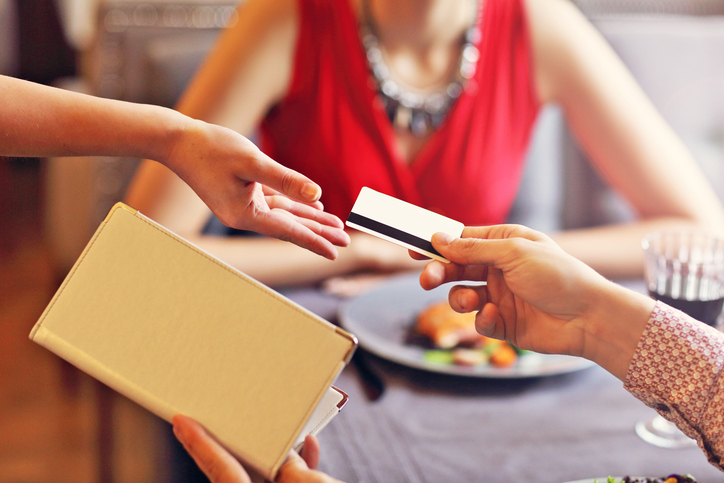Tips (gratuities) in the U.S.
Just as in most other countries, tipping or giving gratuities is part of U.S. culture. The difference is that people are customarily expected to tip more in the U.S. than in many other countries. We pretend that the tip is optional, but it really is almost always an obligation.
When you give a tip, you are giving a cash gift to somebody who has provided a personal service to you: a restaurant waiter, hairdresser, hotel bellman, housekeeping staff, coat-check attendant, parking attendant, etc. In some cases, these service providers are paid very little salary. It is expected that most of their income will come from tips. The gratuity is rarely included on the bill. It is considered bad form to ask the service provider how much of a tip to give.
The most common situation we all encounter is restaurant service. It is expected that you will leave 15-20% of the bill as a gratuity for the waiter. Leaving less is really not an option, unless you have complained about poor service, and there was no resolution to the problem. Of course, if there was a problem with the food preparation (not satisfactory, delayed), this is usually not the fault of the waiter and should not affect the tip.
A tip in a restaurant may be left as cash on the table or in any holder that is used for holding your bill, receipt, change, etc. If you use a credit or debit card, you may simply write the additional amount on the paper slip that you sign.
A tip is generally not expected at a fast-food restaurant (like McDonalds). In recent years, customers have started to leave a tip at stores that serve premium coffee, snacks, sandwiches, etc. However, the tip is usually optional. In these stores, you will usually see a container (often marked) with loose change and bills in it. Place your change or bills in the container, rather than handing it to the server.
There are some people you should never tip in the U.S.:
- Money is never given to an usher (the person who directs you to your seat at a theater).
- It is not ever appropriate to give a tip to most professionals (doctors, lawyers, architects, speech trainers).
- Never offer cash to any employee of the government (U.S., state, county, city, etc.).
If you need guidance on how to tip in the United States, we have several suggestions:
- Refer to a internet travel guide for any U.S. destination.
- Search “USA tipping” on the internet.
- Ask friends who live in the U.S. what tips they customarily give.
